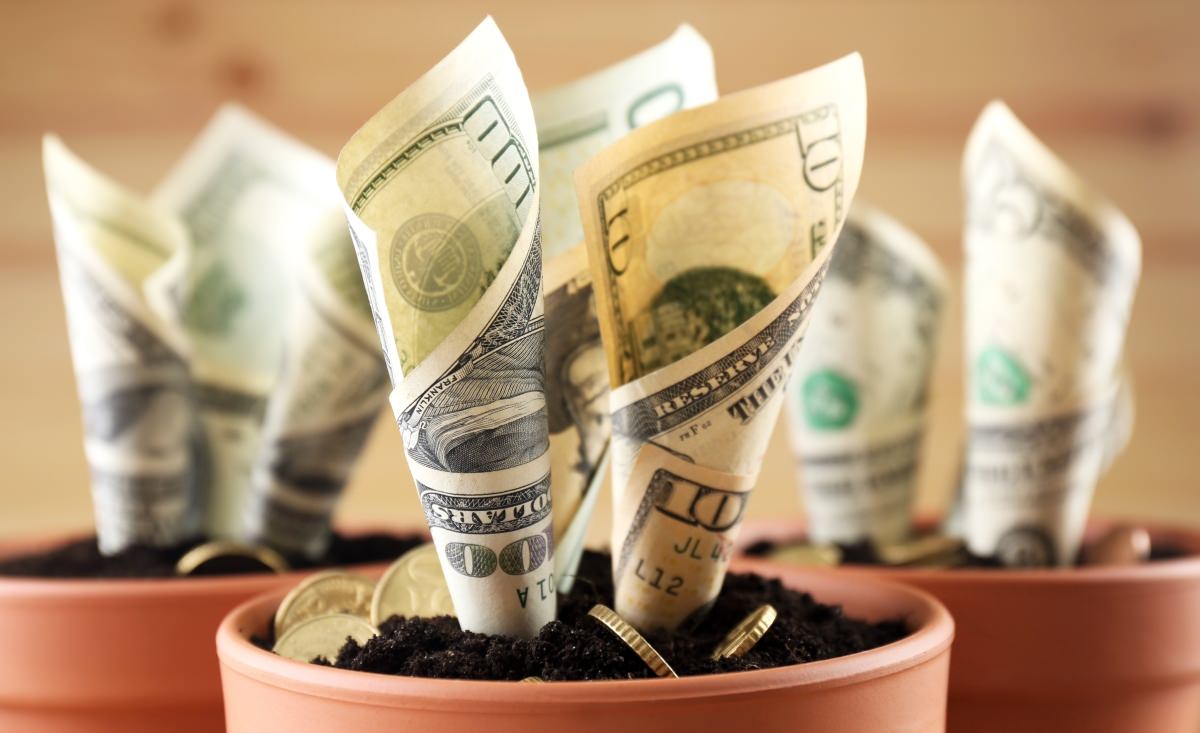Data, trends and challenges
by John Schroyer
Marjuana isn’t just sold in baggies anymore.
These days, it’s often packaged in very specific containers: Flower is increasingly sold in pop-top bottles, concentrates in glass vials, edibles in specifically labeled wrappers, and so on.
While baggies may still dominate in some unregulated markets like California, the overwhelming trend is toward more professional packaging.
In the past few years, marijuana packaging has become a multi-million dollar ancillary industry as states increasingly set strict requirements around how marijuana is sold and companies look to professionalize and legitimize their trade.
So there’s a built-in customer base for packaging companies that can figure out a business model that works.
More than one large distributor with dozens of products and brands has sprung up in recent years, and such companies are doing as much business as direct manufacturers. Some firms get packaging from overseas and sell in the United States, while some manufacture domestically and distribute internationally.
Annual revenues for the cannabis packaging sector likely top $15 million and could grow by leaps and bounds in the coming years.
“It’s only roughly about 1% of the dollars being spent right now (on everything in the cannabis industry), so it’s not a huge, huge market yet,” said Nick Kovacevich, CEO of Kush Bottles. “There are only a handful of players who are attacking it right now.”
Market Dynamics
Even though the current market is somewhat small, packaging could be one of the largest ancillary sectors in the years to come.
Large mainstream packaging companies have even gotten involved. MMC Depot, a packaging distributor founded in 1914, started an entire division devoted to cannabis in 2011 after marijuana firms began calling, looking for packaging that would work for dispensaries.
“It basically morphed into, okay, they’re coming to us anyway, let’s cater to that industry,” said Aryeh Zussman, a manager at the Denver-based company. “That’s basically how it started.”
There are more than 3,000 dispensaries and recreational shops around the country as well as hundreds of edibles and extracts companies that need packaging before they can ship their wares to retailers. That number is only going to get bigger in coming years, with Oregon and Alaska gearing up to launch recreational sales, new medical marijuana markets coming online and additional states that will likely legalize in the coming years. That could mean tens of millions of dollars in additional revenue for packaging companies.
Customers aren’t limited to businesses, however. Many distributors sell packaging – or related products – directly to home growers, caregivers and average consumers, such as Marijuanapackaging.com, a subsidiary of A&A Packaging.
“In some way, shape or form, we have customers in all 50 states, whether they’re buying just parchment paper or they’re buying hinge lid containers or edible packaging,” said Ricky Yuan, marketing manager for the site.
The growth of the cannabis packaging industry, like so many other ancillary sectors, has also paralleled the astronomical growth of the overall marijuana trade. Yuan said Marijuanapackaging.com has come close to doubling its sales from the marijuana industry already this year over 2014. Kush Bottles has also doubled its revenue each year for the past two years and is projecting $5 million in sales for 2015.
Naturally, the biggest markets are those with the most cannabis businesses, which means the “new Emerald Triangle,” as Kovacevich put it: California, Colorado and Washington State. But pretty much all the major players in the packaging industry have clients spread across the country, and even in Canada and other nations.
Business Hurdles
Keeping up with regulation changes from state to state is easily any packaging company’s biggest headache.
“Within two months of Colorado going recreational, the (state) issued revised packaging rules and required packaging to go through independent lab testing,” said Ross Kirsh, the founder of Stink Sack. One of his products was used by Sean Azzariti in what was touted as the first recreational sale in Colorado on New Year’s Day in 2014.
“After a few weeks of testing, it was clear that it wasn’t up to the standards of the lab. So we went back to the drawing board. We revised everything,” Kirsh said. “It took us until October to come back out with our bags, and by the time we came back out with them, the government had revised the rules again.”
Other companies have similarly lost tens of thousands of dollars when they had inventory in stock that was suddenly worthless because it wasn’t compliant with new regulations.
Not only that, Kirsh said, but legal definitions for various requirements also vary from state to state. For example, he pointed to child-resistant packaging, which is coming more into vogue with regulators.
“There are just so many individual preferences state by state, and it creates a very complicated situation where everybody’s confused, and the people who are able to sort it out the quickest are the ones who are ahead,” Kirsh said. “It’s cost us money trying to comply with all these different states and figuring out what we have to do for each.”
Kirsh added he believes that over the next few years, especially as more recreational states come online, competition will only increase. But as it does, he said, that will give established companies much more of a foothold in the industry, which will then increase the barriers to entry for new packaging firms.
Trends to Watch
Looking forward, keep an eye on these emerging trends:
Custom Packaging
Packaging equals advertising for many cannabis companies, so there’s been a push in recent years for custom labels, custom designs, and even custom packages themselves instead of mass-produced pop-top bottles and the like.
“All we’re seeing is that the product is going towards standardized custom packaging, like Oreo cookies,” said Frank Peek, operations manager of CannaPack. “That’s all we do is custom. We don’t have any off-the-shelf products.”
Requests for custom designs and packages have become so prevalent that Kush Bottles even hired a design team specifically to help customers who are looking for their own logos and labels.
“Whether it’s on packaging, or something else, we spend a lot of time consulting with guys on the label design that goes onto the packaging,” said Ben Wu, the president of Kush Bottles. “Everyone wants to look different. Everyone wants to look sharp.”
Growth of Concentrates
Concentrate packaging is also a major growth market for many companies.
“The overall market is morphing more into concentrates instead of flower. That’s definitely been an increase in our business,” said MMC Depot’s Zussman.
That can include edibles packaging as well, but also glass vials for liquids, or even new types of packaging for shatter that haven’t been developed yet. Marijuanapackaging.com is putting significant capital into developing such products, said Yuan of Marijuanapackaging.com.
Kush Bottles is also working in this area.
“New York and Minnesota are all very concentrate-oriented. We have a child-resistant drug container that could be the housing unit for a vaporizer or a cartridge,” said Kush’s Wu. “We have products for all forms of marijuana consumption or delivery. So I’m sure we could come up with some sort of packaging that would be compliant.”
Child-Resistant Packaging
The concentrate trend also ties directly into the growth of child-resistant packaging, Yuan added. One of the products Marijuanapackaging.com is working on is a child-resistant package for shatter, because right now, there isn’t one, he said.
But once Colorado adopted rules for child-resistant packaging, regulators across the country sat up and took notice.
“Colorado is setting the trend for the rest of the country,” said Zussman.
That means packaging companies can likely expect any new markets with new regulations to include child-resistant rules.
Domestic Distribution Points
More companies are also looking to set up varying distribution points geographically around the country to cut down on shipping times and therefore wait times for customers who run out of packaging.
“If you’re on the east coast, and if you find out you’re out of bottles, you’re going to have to either get overnight shipping and pay a huge premium, or you’re going to have to break the rules and sell in (non) compliant packaging. So that’s part of our strategy there,” said Kush Bottle’s Wu, explaining why the company invested in distribution centers across the country.
Other companies are looking to make similar moves, for similar reasons. Zussman said MMC Depot, which currently ships only out of Colorado, is looking at possibly setting up distribution centers in Washington State, Nevada and Illinois. Yuan said Marijuanapackaging.com, which is based in California, is contemplating an east coast distribution point and a Midwestern center as well.
“It’s like toilet paper. You don’t think about buying it, but you need it constantly, and when you need it, you need it now,” Yuan said.





